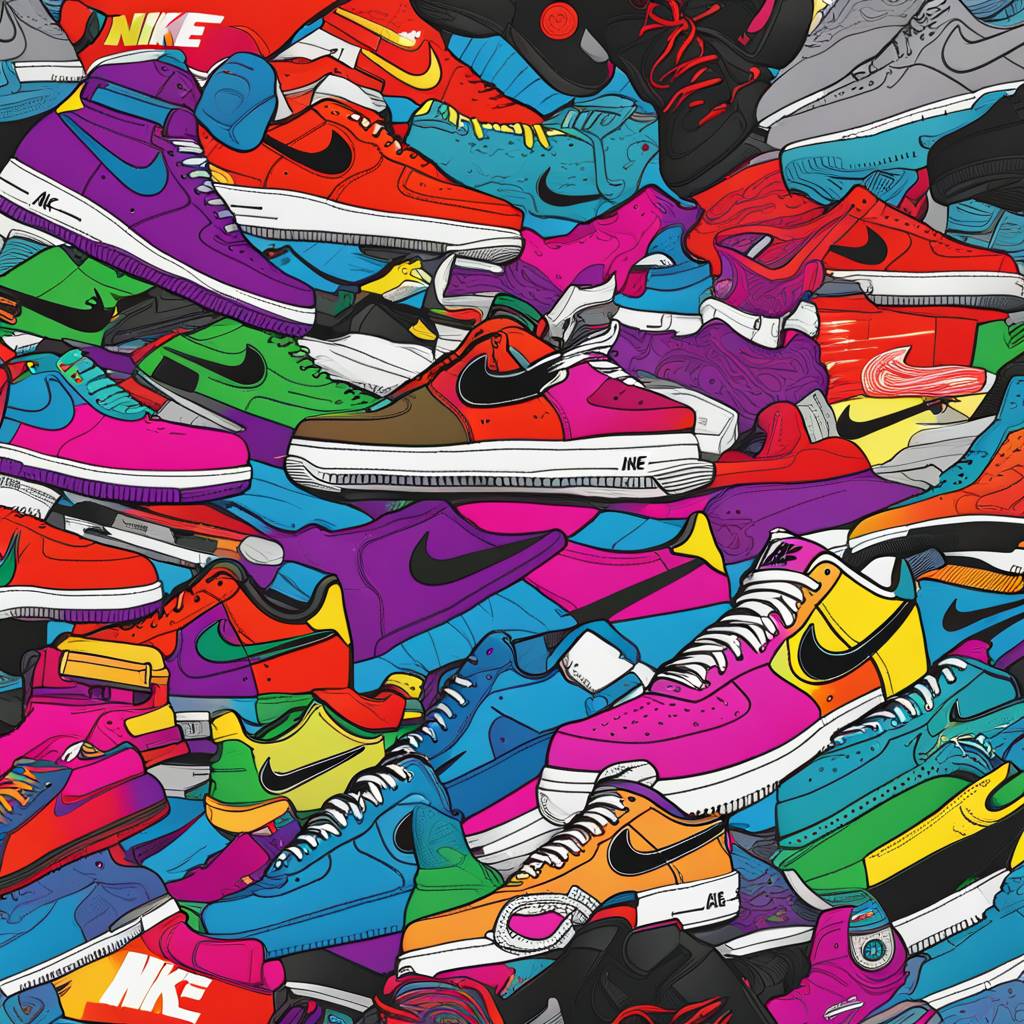Nike is scaling back production of classic sneaker lines like the Air Force 1 and Pegasus to prevent discounting and make room for newer products. These staple sneakers of Nike’s lineup have seen slowed growth, leading to increased promotion by stores to clear excess inventory. Nike aims to maintain its premium brand image by reducing supply and selling these shoes at full prices, while encouraging consumers to purchase newer and higher-priced styles like the Air Max and updated Pegasus models.
The shift in product portfolio towards newer lines was highlighted by Nike’s finance chief on an earnings call, where he mentioned the pulling back of supply for classics like the Air Force 1 and Pegasus. This move could lead to limited availability of traditional styles in stores, but loyal Nike customers are expected to transition to other Nike shoes. Industry analysts like Christopher Burns believe that dedicated sneaker collectors, who focus on limited-edition and collaboration lines, will not be greatly affected by the reduction in supply of mass-market lines.
Nike’s strategy to cut back on supply may impact sales, especially with a consumer slowdown in discretionary spending and increased competition from brands like Hoka and On. Customers are shifting towards basics and experiences, leading Nike to slash its revenue outlook and seek cost savings. Additionally, the rise of Hoka as a competitor, known for its chunky insoles and growing visibility, poses a new challenge to Nike’s market share.
President Joe Biden was even seen sporting a pair of Hoka sneakers, indicating the brand’s increasing popularity. Nike has adjusted its distribution strategy by reducing traditional retail partners and focusing on selling directly through its own channels, particularly online. By prioritizing top products and key retail partners like Dick’s Sporting Goods and Foot Locker, Nike aims to maximize profits through its own stores while maintaining a competitive edge in the market.
Nike’s decision to reduce supply of classic sneakers like the Air Force 1 and Pegasus reflects a strategic shift towards newer and more profitable product lines. While this move may impact sales in the short term, the company is positioning itself to adapt to changing consumer behaviors and increased competition in the athletic footwear market. By leveraging its brand strength and distribution channels, Nike seeks to maintain its position as a leading athletic apparel and footwear company in the industry.













